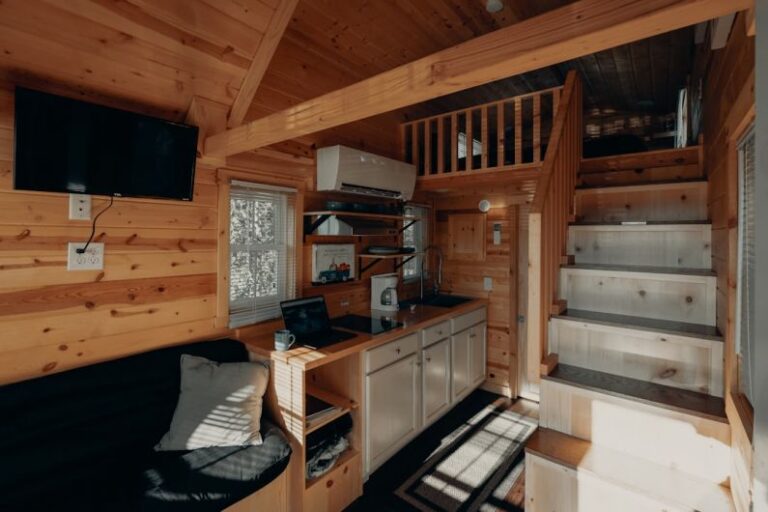
The Shift in Housing Market Dynamics Due to Remote Work
The housing market is not immune to the seismic shifts brought about by the rise of remote work. As more companies embrace flexible work arrangements and employees seek out locations that better suit their lifestyle, we are witnessing a significant impact on real estate trends. From the suburbs to rural areas, the dynamics of the housing market are evolving in response to the increasing prevalence of remote work.
The Rise of Remote Work and Its Influence on Housing Choices
The widespread adoption of remote work over the past few years has empowered individuals to reconsider where they live. With the freedom to work from anywhere, many are opting to move away from crowded urban centers in search of more space, affordability, and a better quality of life. This shift in mindset has led to a surge in demand for properties in suburban and rural areas, as people prioritize access to nature, larger homes, and quieter surroundings.
Suburban Revival: The Appeal of Suburban Living in the Remote Work Era
Suburbs are experiencing a revival as remote workers seek out neighborhoods that offer a balance between urban conveniences and a more relaxed lifestyle. With larger homes, spacious yards, and good schools, suburbs are becoming increasingly attractive to those looking to escape the hustle and bustle of city life while still enjoying proximity to amenities. As a result, real estate prices in suburban areas have been on the rise, with bidding wars becoming more common as demand outstrips supply.
Rural Retreats: The Allure of Rural Living for Remote Workers
For some remote workers, the ultimate dream is to live in a rural setting surrounded by nature and tranquility. The appeal of rural living lies in the promise of wide-open spaces, fresh air, and a slower pace of life. As a result, properties in rural areas are in high demand, driving up prices and creating new opportunities for homeowners looking to sell. However, challenges such as limited access to amenities and services can deter some from making the move to more remote locations.
The Impact on Housing Affordability and Inventory
The influx of remote workers into suburban and rural areas has put pressure on housing affordability and inventory. As demand continues to outpace supply, prices have been steadily increasing, making it more challenging for first-time buyers and lower-income individuals to enter the market. Additionally, the competition for available properties has led to bidding wars and faster sales, creating a sense of urgency among buyers.
Adapting to the Changing Real Estate Landscape
Real estate agents and developers are adapting to the changing landscape by catering to the needs of remote workers. From promoting properties with home office spaces to highlighting access to outdoor amenities, the focus is shifting towards accommodating the evolving preferences of buyers. Additionally, with the rise of virtual tours and online transactions, the industry is embracing digital tools to facilitate remote purchases and sales.
The Future of Remote Work and Its Continued Influence on the Housing Market
As remote work becomes a permanent fixture in the professional landscape, its influence on the housing market is expected to endure. The trend towards suburban and rural living is likely to continue as individuals prioritize space, affordability, and lifestyle factors in their housing choices. Real estate professionals will need to stay agile and responsive to these changing dynamics, ensuring that they are able to meet the evolving needs of buyers in a post-pandemic world.
In conclusion, the shift towards remote work is reshaping the housing market in significant ways, driving changes in preferences, prices, and inventory levels. By understanding these trends and adapting to the new normal, both buyers and sellers can navigate the evolving real estate landscape with confidence and foresight.





